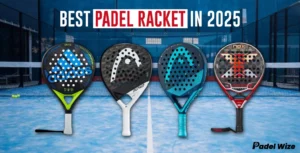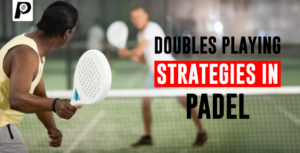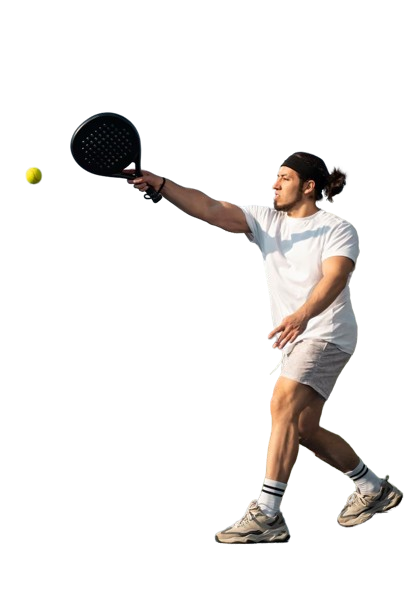In the realm of sports innovation, a hybridization of disciplines can often lead to remarkable breakthroughs. One such fusion that has been gaining momentum and captivating enthusiasts worldwide is the amalgamation of tennis and squash. This dynamic combination has given birth to a sport that not only tests the agility and precision of players but also offers a unique and exhilarating experience for spectators. In this blog post, we delve into the emergence, rules, gameplay dynamics, and the growing popularity of Padel.
The Emergence
The idea of blending tennis and squash traces back to the early 2000s when sports enthusiasts and innovators sought to create a hybrid sport that would offer the best of both worlds. Drawing inspiration from the fast-paced rallies of squash and the strategic gameplay of tennis, the fusion sport was conceptualized to provide a thrilling yet accessible experience for players and fans alike.
Rules and Gameplay Dynamics
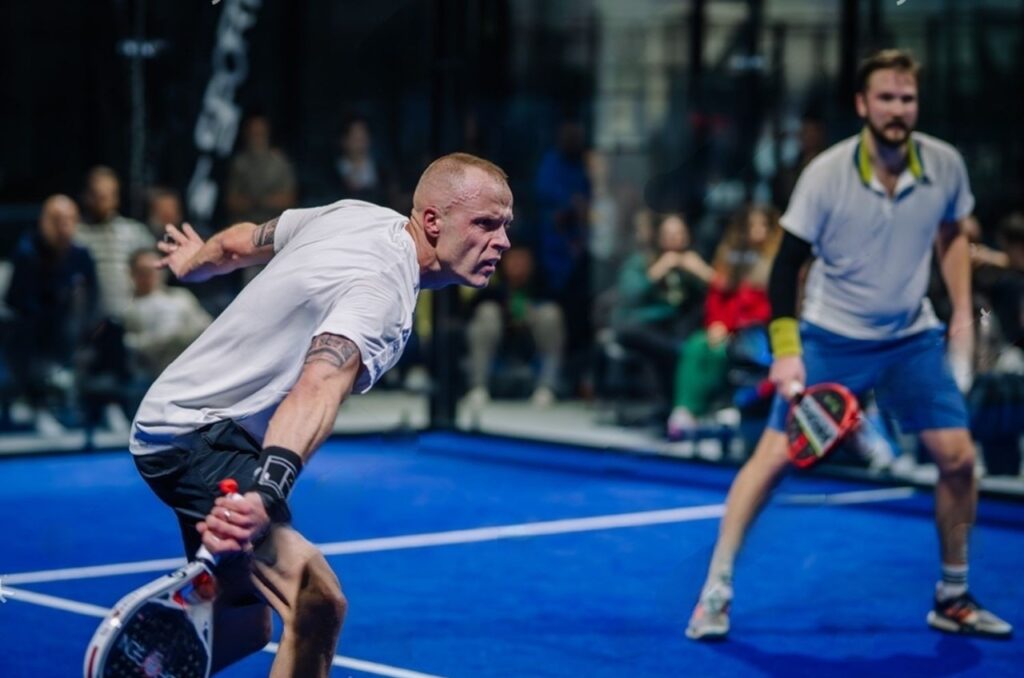
The fusion of tennis and squash combines elements from both sports to create a dynamic and engaging gameplay experience. Here’s a breakdown of the key rules and gameplay dynamics:
Court
Padel is typically played on a modified tennis court, with dimensions akin to a squash court. The court features a front wall, side walls, and a back wall, providing ample opportunities for players to utilize angles and tactics.
Racket and Ball
Players use tennis rackets and a specially designed ball that possesses qualities of both a tennis ball and a squash ball. The hybrid ball offers the right balance of bounce and speed, facilitating fast-paced rallies while allowing players to showcase their shot-making abilities.
Related: Gear Up for Success: A Guide to Padel Equipment
Scoring
The scoring system resembles that of squash, with matches typically played in a best-of-three or best-of-five format. Points are awarded based on the rally outcome, with players required to serve and return within specified zones on the court.
Service
Unlike traditional tennis, where serves are delivered over the net, in the fusion sport, serves are directed towards the front wall, similar to squash. This adds an extra layer of challenge as players must anticipate and react to incoming serves effectively.
Gameplay Dynamics
Padel encourages a blend of power, finesse, and strategy. Players must master a variety of shots, including volleys, lobs, and drops, to outmaneuver their opponents and secure points. The fast-paced nature of the game demands quick reflexes and agility, making it an exhilarating spectacle for both players and spectators.
Related: A Comprehensive Guide to Padel Training
Growing Popularity
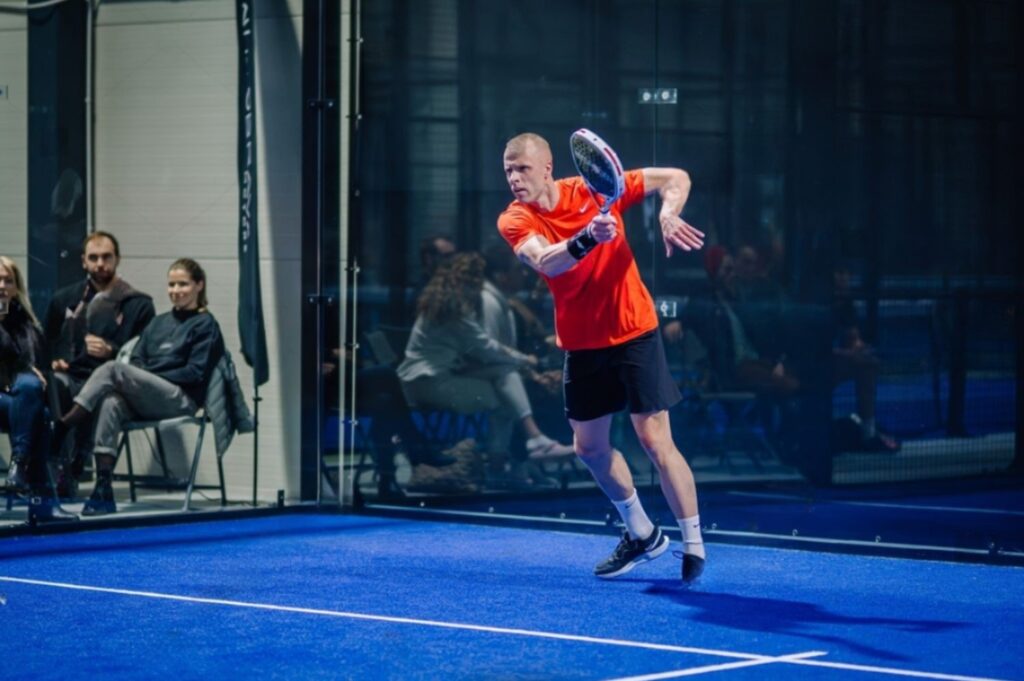
Padel has been steadily gaining popularity across the globe, with enthusiasts embracing the sport for its dynamic gameplay and accessibility. Amateur leagues and tournaments have emerged, providing opportunities for players of all skill levels to compete and showcase their talent.
One of the key factors driving the popularity of the fusion sport is its inclusive nature. With relatively simple rules and equipment requirements, the sport appeals to a wide demographic. Beginners, seasoned athletes, and recreational players all find it accessible. Additionally, the fast-paced rallies make it a compelling spectator sport. It draws in audiences and generates excitement with its strategic elements.
Related: Mastering the Basics: A Beginner’s Guide to Padel Game
Conclusion
Padel game represents a groundbreaking innovation in the world of sports, offering a unique blend of athleticism, strategy, and excitement. With dynamic gameplay, accessibility, and global appeal, this hybrid sport is set to make waves in sports. Whether you’re a seasoned athlete looking for a new challenge or a fan seeking thrilling entertainment, padelwize has brought you everything you need to know about the fusion game.


